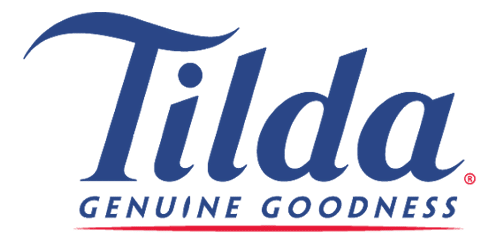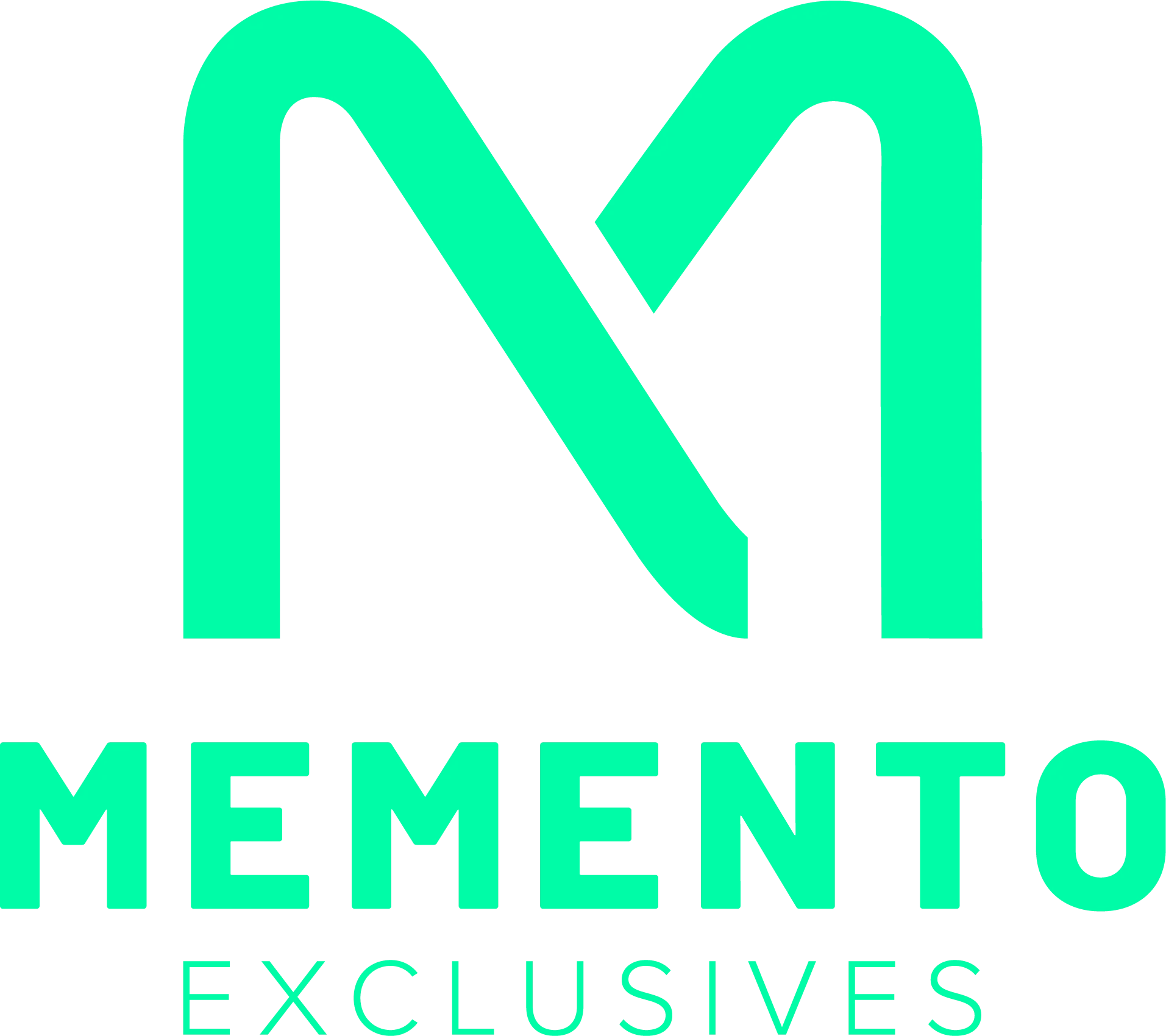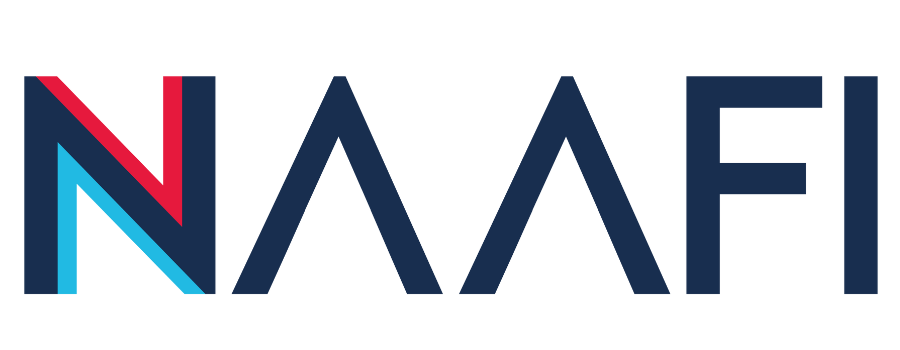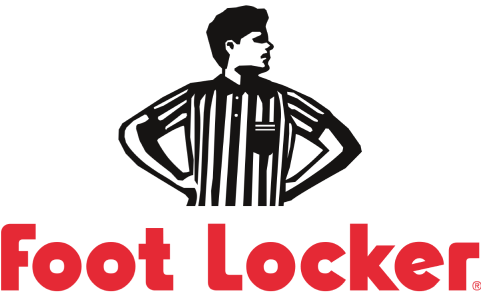Navigating the Hybrid Workforce: Essential Tools for Managing Remote and In-Office Employees
Embracing Flexibility: Adapting to the Needs of a Diverse Workforce
The hybrid workforce model offers organisations the opportunity to cater to the varying needs of a diverse workforce. By allowing employees to work remotely, on-site, or through a combination of both, companies can create a more inclusive environment that caters to the preferences and circumstances of each individual. This flexibility not only empowers employees to maintain a healthy work-life balance but also fosters a sense of trust and autonomy, leading to increased job satisfaction and productivity.
To successfully embrace flexibility, organisations need to implement the right policies and tools that enable efficient management of remote and in-office employees. This includes providing access to the necessary resources and technology, setting clear expectations and guidelines, and maintaining a consistent feedback loop. By adopting a flexible approach, companies can attract and retain top talent, boost employee morale, and foster a positive organisational culture.
Effective Communication: Strengthening Connections Across Physical and Virtual Workspaces
Strong communication is crucial to the success of a hybrid workforce. With employees spread across physical and virtual workspaces, maintaining clear lines of communication becomes even more important. Companies need to invest in reliable communication tools and platforms that facilitate seamless collaboration, information sharing, and real-time updates.
This includes implementing video conferencing solutions, instant messaging apps, and collaboration tools that encourage open dialogue and teamwork. Regular check-ins and virtual meetings can help bridge the gap between remote and in-office employees, ensuring everyone stays informed and connected. Managers should also prioritise transparent communication, providing regular updates and feedback to keep employees engaged and motivated.
By fostering a culture of open communication and leveraging the right technology, organisations can effectively navigate the challenges of a hybrid workforce, ensuring strong connections and collaboration between remote and in-office employees.
Monitoring Performance and Productivity: Balancing Autonomy and Accountability in a Hybrid Environment
In a hybrid work environment, striking the right balance between autonomy and accountability is crucial for maintaining high levels of performance and productivity. Organisations must establish clear expectations and goals for both remote and in-office employees, while providing them with the flexibility to manage their own schedules and work styles. This can be achieved by implementing performance management tools and setting key performance indicators (KPIs) that align with the company's objectives.
Regular check-ins, feedback, and performance reviews are essential for ensuring that employees stay on track and continue to meet their goals, irrespective of their work location. Managers should focus on results and outcomes, rather than micromanaging the day-to-day activities of their team members. By promoting a culture of trust and empowerment, organisations can encourage employees to take ownership of their work and remain accountable for their performance, ultimately boosting overall productivity.
Collaboration and Team Building: Fostering a Unified Culture in a Dispersed Workplace
Creating a sense of unity and fostering a strong team culture is essential for the success of a hybrid workforce. With employees spread across remote and in-office locations, organisations must implement strategies that promote collaboration and team building, irrespective of the physical distance between team members. This can be achieved by leveraging collaborative tools and platforms that enable employees to work together on projects, share ideas, and communicate effectively.
In addition to using technology to facilitate collaboration, organisations should also prioritise team-building activities that help employees bond and build trust. This could include virtual team lunches, online games, or collaborative workshops that cater to both remote and in-office employees. Managers should actively encourage cross-functional collaboration and create opportunities for team members to interact and learn from one another.
By prioritising collaboration and team building, organisations can cultivate a unified culture that transcends geographical boundaries, ultimately driving innovation, productivity, and employee satisfaction in a hybrid work environment.
Employee Wellness and Support: Ensuring Work-Life Balance in a Hybrid Model
A healthy work-life balance is crucial for employee well-being and satisfaction in a hybrid work environment. HealthboxHR's comprehensive suite of HR tools plays a vital role in supporting employee wellness and promoting a healthy balance between work and personal life. For instance, the Mental Health Tracker module helps organisations monitor and address the mental health needs of their employees, ensuring that they have the support they need to thrive both personally and professionally.
Additionally, HealthboxHR's Paid Leave and Sick Leave modules enable employees to manage their time off seamlessly, allowing them to prioritise self-care and personal commitments without compromising their work responsibilities. By providing a user-friendly platform that promotes employee wellness and support, HealthboxHR empowers organisations to build a more resilient, satisfied, and productive workforce in a hybrid work environment.
Streamlining HR Processes: Leveraging Technology for Efficient Management of Remote and In-Office Staff
Managing a hybrid workforce comes with unique challenges that require efficient and streamlined HR processes. HealthboxHR's innovative HR management system offers a wide range of tools and modules designed to simplify and optimise HR tasks for both remote and in-office employees. The platform enables organisations to manage key HR functions such as recruitment, performance management, payroll, and time and attendance effortlessly, regardless of employee work locations.
With its robust Document Manager and Organization Chart modules, HealthboxHR ensures that important documents and company structures are easily accessible and up-to-date for all employees. By automating many time-consuming HR tasks, HealthboxHR frees up HR professionals to focus on more strategic initiatives, ultimately driving greater efficiency and effectiveness in managing a hybrid workforce.
In summary, HealthboxHR's comprehensive and user-friendly platform provides organisations with the essential tools and support they need to successfully navigate the complexities of a hybrid work environment while promoting employee wellness, streamlining HR processes, and fostering a unified and collaborative culture.































